The Ho Chi Minh City People's Committee decided to establish the project in 2015, but after 8 years, the science and technology park project is still on paper because it has not been funded and is stuck in procedures.
The science and technology park project was established by the Ho Chi Minh City People's Committee in 2010 in Long Phuoc Ward, District 9 (now Thu Duc City), located 1.5 km southeast of the High-Tech Park (SHTP). The science and technology park model was built with the goal of focusing on developing training, research, incubation, and pilot production activities in basic industries including: semiconductors, information technology, renewable energy, biomedical technology, and automation.
This is a place where talents from institutes, universities and businesses gather to conduct research and technology innovation, solving problems serving the development of Vietnam's green and sustainable economy with high-tech products. The science park project is researched and inherited from similar successful models in the world such as Silicon Valley (USA), Sophia Antipolis (France), Tsukuba Science City (Japan), Hsinchu Science Park (Hsinchu, Taiwan)...
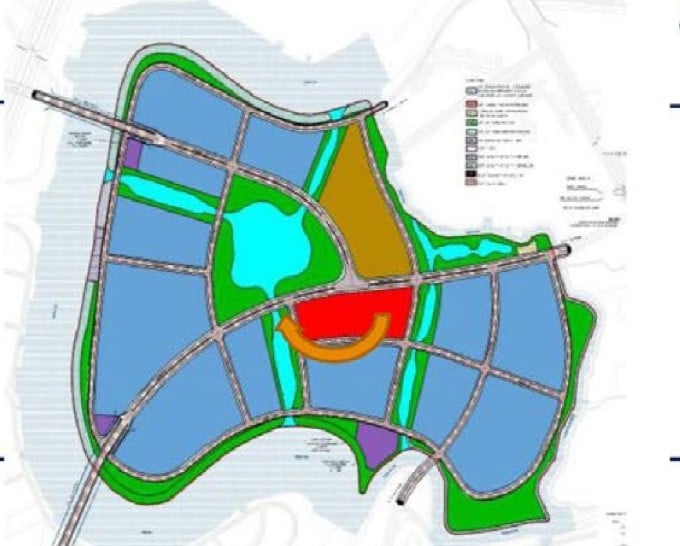
Planning diagram of the science and technology park project in Long Phuoc ward, Thu Duc city. Photo: SHTP
The city government at that time believed that the establishment of a 203-hectare science park was consistent with the planning of the university area in Long Phuoc ward, creating conditions for connecting teaching, scientific research and high technology with universities and colleges. The ecological conditions at Long Phuoc island are quiet, isolated, suitable for a research environment. This area is currently vacant land, sparsely populated, planned as reserved land, convenient for site clearance and close to the existing High-Tech Park for easy management and operation. Based on this policy, in February 2015, the Ho Chi Minh City People's Committee issued a decision to establish a science and technology park, assigning SHTP as the investor and management agency for operations.
However, after many adjustments, the project has not been able to be implemented due to many procedural problems. SHTP's report to the Department of Planning and Investment in 2022 stated that the science park project has not been allocated capital for project preparation and capital for infrastructure investment. During the implementation process, the project compensated for site clearance and resettlement to build the science park, and land prices fluctuated, causing the total investment of the project to be insufficient to ensure compensation payments.
Faced with this reality, SHTP coordinated with relevant departments to propose adjusting the total investment for the site clearance compensation project, thereby gradually increasing the capital for the project. In fact, in 2015, the project had a total investment of about VND4,260 billion, a few years later it increased to VND11,000 billion and is expected to be VND14,700 billion (according to the draft project issued on May 4).
In addition, the 1/2000 planning has not been approved, causing the investment project to not be implemented due to lack of legal guarantees and insufficient basis to determine the framework infrastructure, costs and total investment feasibility.
According to SHTP, the 1/2000 planning project is being consulted with relevant departments and agencies to submit to the competent authority for approval. Another problem is that according to the Law on Public Investment, a science park project with an investment capital of over 10,000 billion VND is on the list of important national projects, so it must be submitted to the National Assembly for decision, which will take at least 2 more years to complete if approved.
To speed up the project, in the draft plan to expand the Ho Chi Minh City High-Tech Park to include the function of a science and technology park, SHTP proposed that the city government prioritize the allocation of capital sources to implement project preparation and infrastructure investment. SHTP also proposed that the Government soon approve and issue a decision to expand the High-Tech Park with an area of 195.6 hectares. This agency also proposed to allow the separation of the site clearance compensation project and the infrastructure construction project into two separate projects to create favorable conditions for the project to be implemented soon.
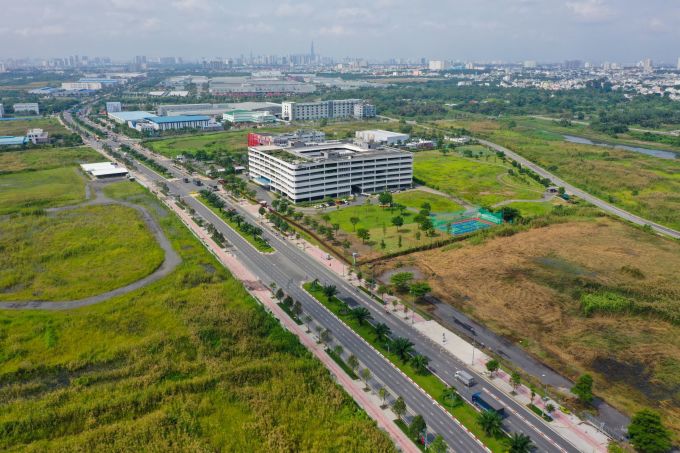
The existing high-tech park, when expanded with the science and technology park project, will be closely connected. Photo: Quynh Tran
At the conference to gather expert opinions on the science park project on May 5, Mr. Pham Chanh Truc, former Deputy Secretary of the Ho Chi Minh City Party Committee and former head of the SHTP management board, said that although the city approved the project in 2015, it is still struggling and has been discussed for many years without any results. According to him, in addition to the mechanism, human factors also cause the project to be slow to implement. He said that if the project is delayed for a decade, it will be difficult for the city to develop, and it will not be commensurate with its position as the economic locomotive of the country.
Nguyen Anh Thi, Head of the Management Board of Ho Chi Minh City High-Tech Park, said that in the near future, he will work with experts and investors to discuss finding a management model and implementing the project as quickly as possible. He pledged that in the coming time, he will be more bold and determined in removing difficulties so that the project can be implemented soon, contributing to the city's industrial development.
According to the draft, the science and technology park project will be implemented in 10 years, from 2024 to 2034, with an area of 194.8 hectares and functional zones. The project has a total investment of about 14,700 billion VND, of which the budget capital is 13,700 billion VND and capital mobilized from enterprises is more than 1,000 billion VND. The cost of site clearance and resettlement accounts for about 67.6%, the cost of infrastructure construction and other costs accounts for about 32.4% of the total investment.
During the 10 years of investment and construction, the project is divided into 2 phases with the first 7 years (2024 - 2031) to carry out investment preparation, approve policies, approve pre-feasibility reports, compensate for site clearance and relocate households, arrange resettlement and recover land. Site leveling for construction of essential infrastructure such as transportation, electricity, water supply and drainage, and wastewater treatment is also carried out during this phase.
Phase 2 from 2031 - 2034 builds the remaining infrastructure and organizes investment promotion.
Ha An
Source link



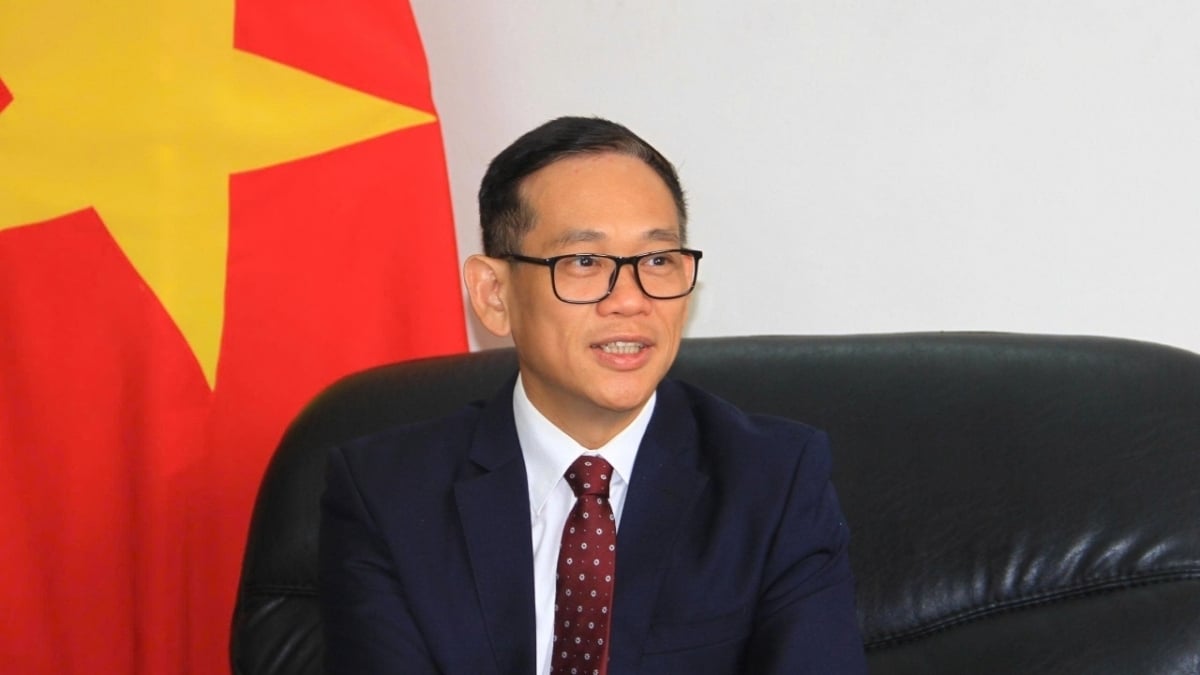
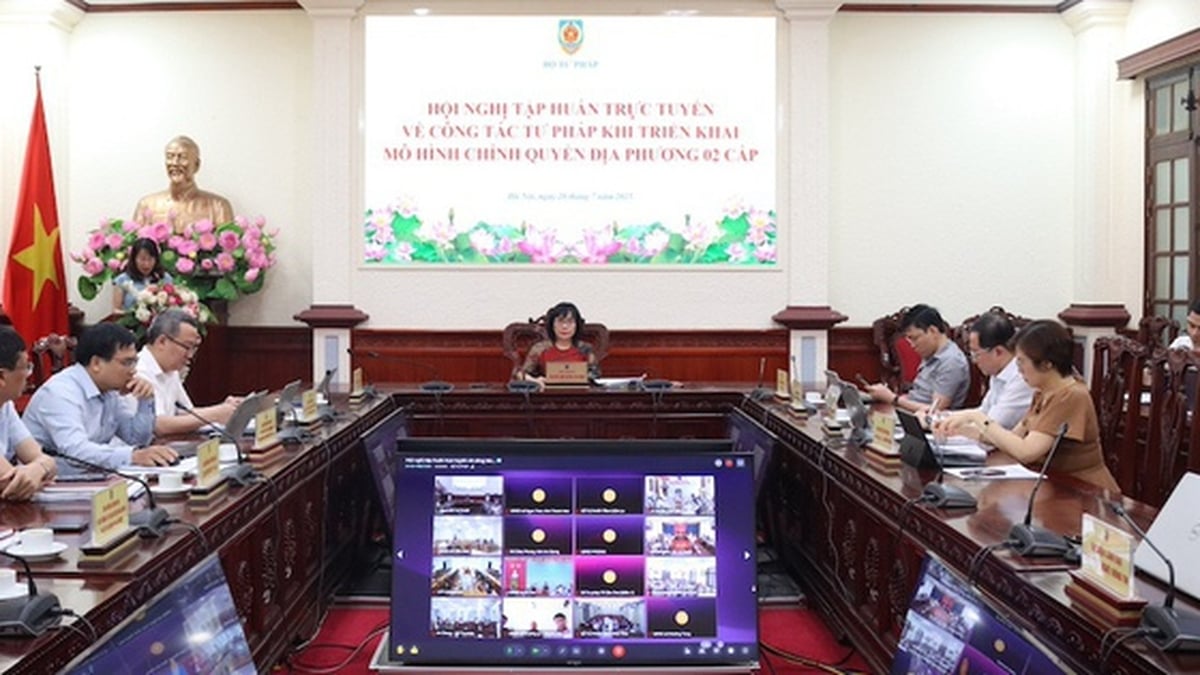
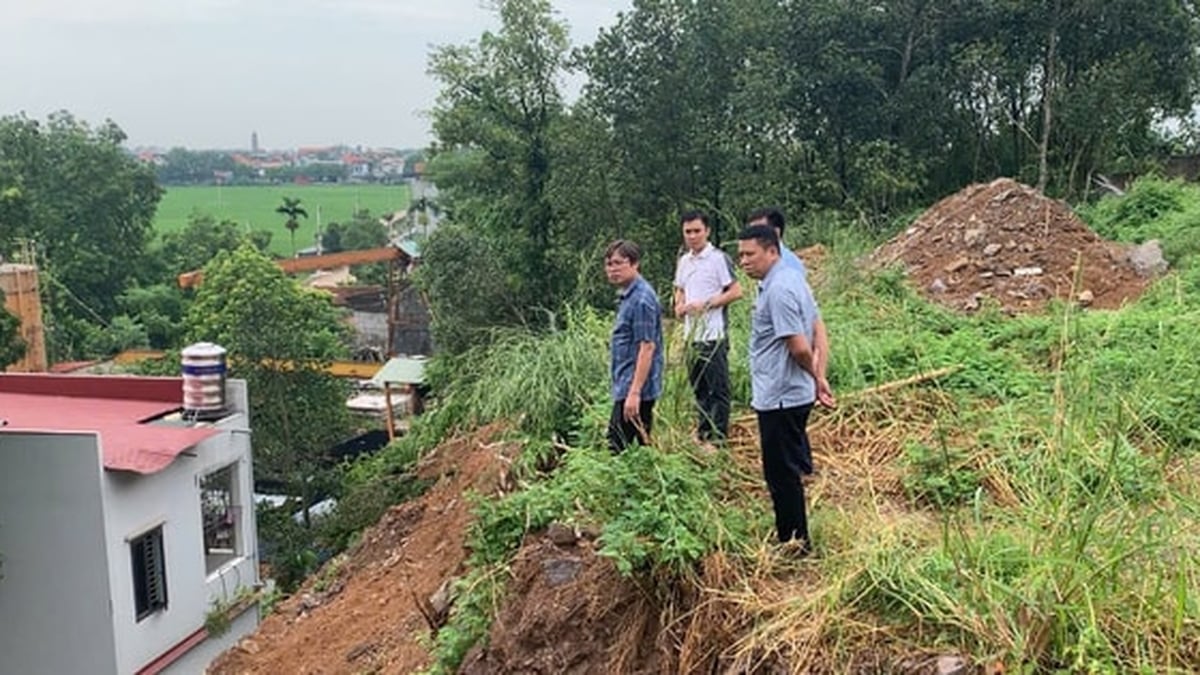

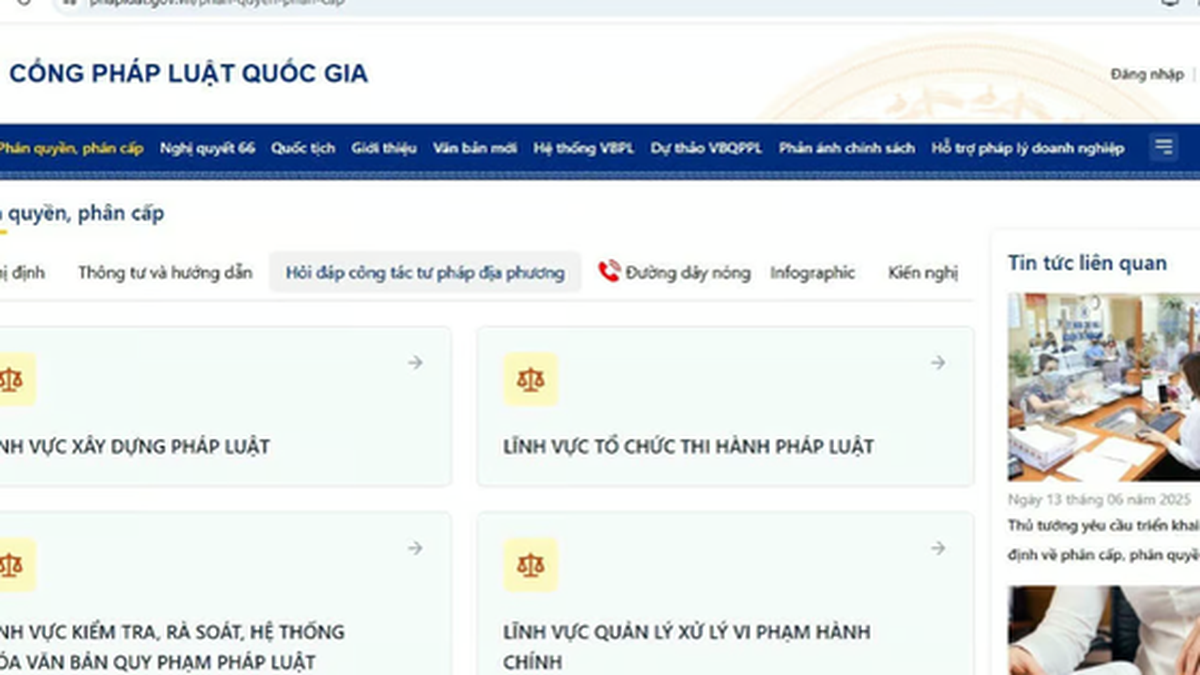
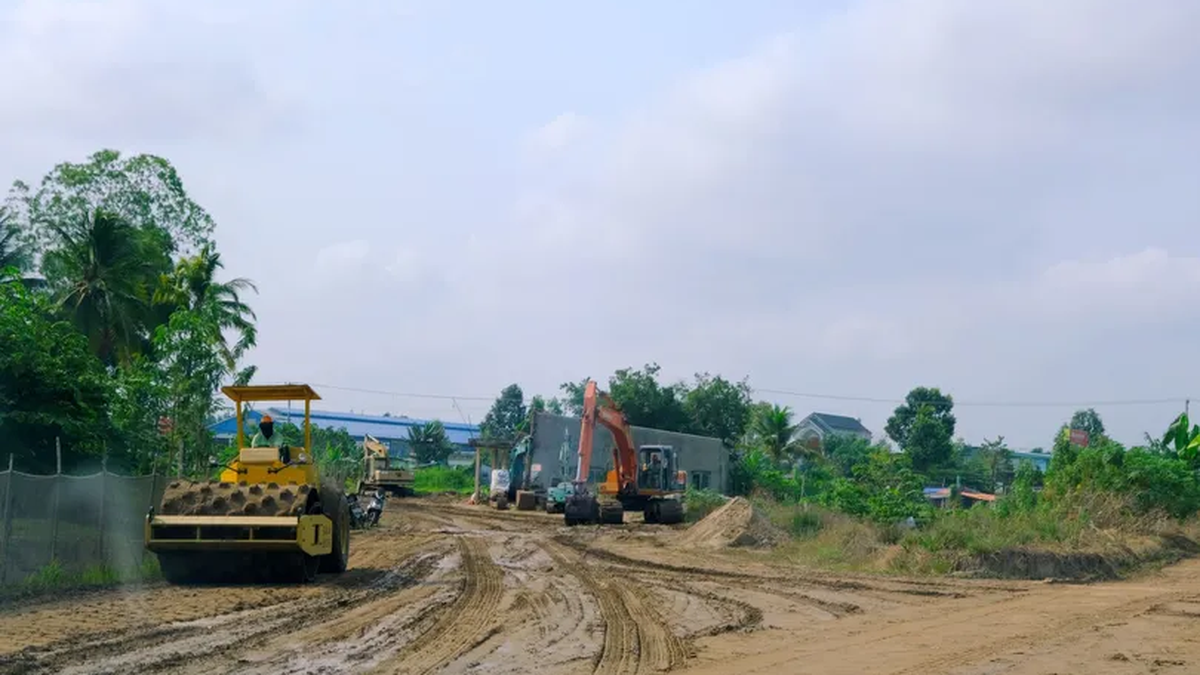
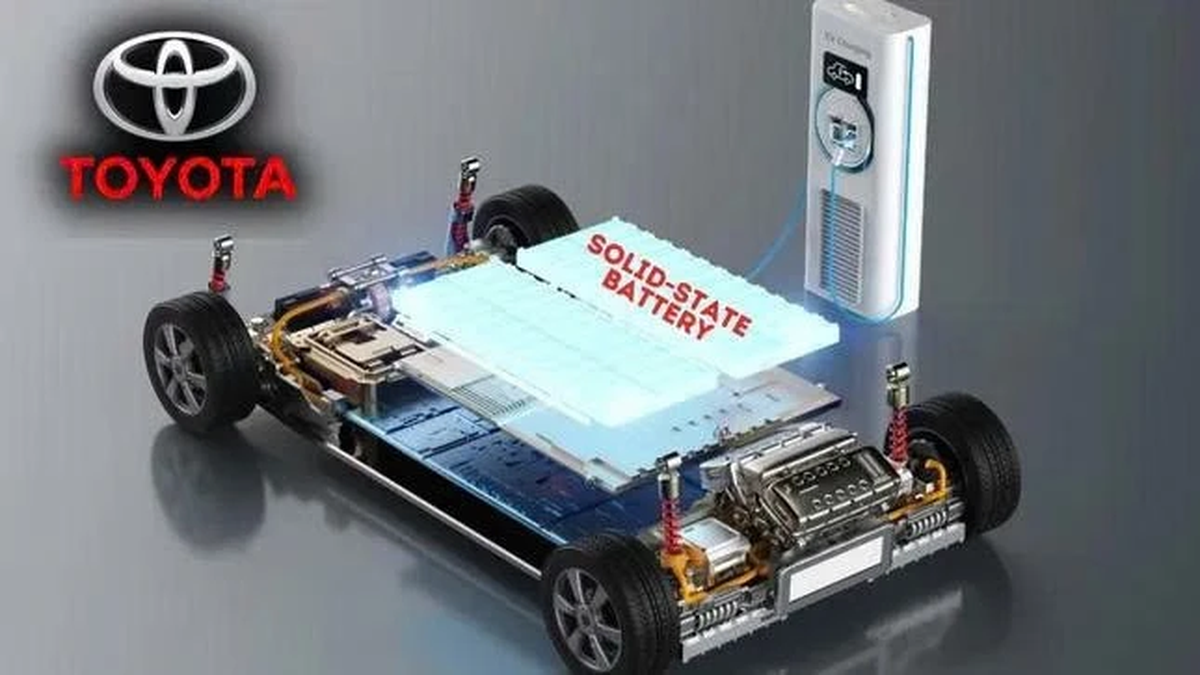

















![[Photo] National Assembly Chairman Tran Thanh Man visits Vietnamese Heroic Mother Ta Thi Tran](https://vphoto.vietnam.vn/thumb/1200x675/vietnam/resource/IMAGE/2025/7/20/765c0bd057dd44ad83ab89fe0255b783)






































































Comment (0)